The goal of inclusion is to teach kids to value each other regardless of race, academic ability, physical ability, appearance, gender, etc. The best way to do that is for everyone to be able to share their story.
Promoting positive reputations for people with disabilities
Nurturing relationships with others
Encouraging choices by offering options and opportunities to explore new things
Building competencies that will lead to the highest level of achievement
- Meeting Street Values
- Joe Petner, Principal, Beaver Meadow Elem.
My project started with the questions:
1. How can I give each of these children a voice to tell their story?
2. How can empowering them improve the experience of inclusive education for everyone involved?
These are some of the people who are involved:

Daniel is in second grade. He doesn't speak, but uses some sign language words and answers yes and no questions. He is extremely friendly and motivated by being with his friends. Sometimes his disruptive behavior can get in the way of class.
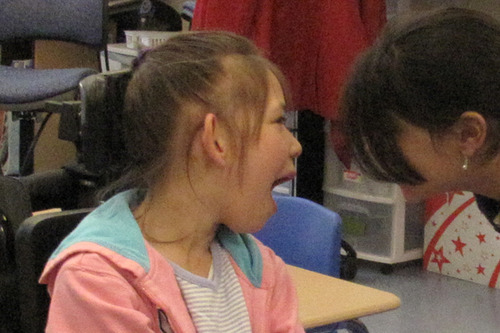
Elizabeth is in third grade. She is very intelligent and thoughtful, but her speech is difficult to understand. Often people mistakenly assume she doesn't understand them, because they find it difficult to understand her.
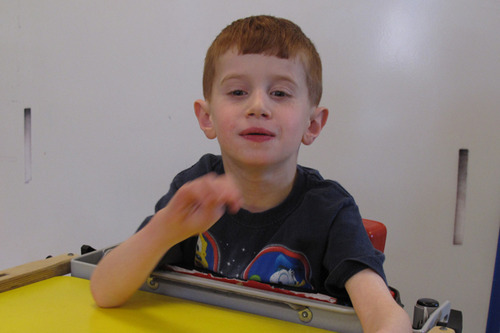
James is in second grade. He doesn't speak at all and it can be difficult to tell how much he understands. Often he resorts to aggressive means to get attention and express himself, such as screaming or hitting. It is important for him to be with his classmates because he is much happier and more energized when he is with friends.

Katie is in first grade. She uses some words to communicate, although often it can be hard to tell what she's saying unless you know her well. Inclusion is great for her because she is really friendly and loves to play with her friends, but sometimes tries too hard and grabs or pulls them.
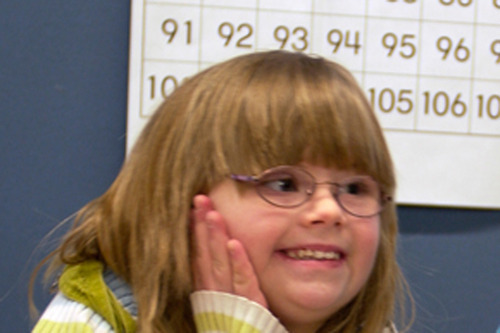
Marrissa is in third grade. She is a social butterfly and her classmates love her. She needs to be included because she will push herself extra hard to keep up with her classmates, but doesn't try very hard when she isn't challenged.
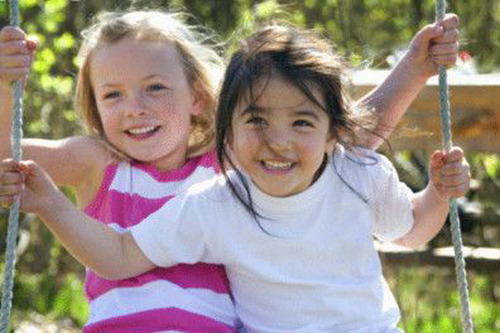
Sarah is in kindergarten. Her parents were worried she would grow up confused because she was adopted, so they wanted to raise her without binaries like race and ability. They were worried inclusion wouldn't be academically rigorous enough, but it turns out Sarah's class is performing at the top of the state in reading.

Energy Interchanges (Collaboration with Marc Haumann, RISD ID '10) is an exploration of ways to improve and ad value to neglected urban spaces by utilizing them as sites for useful renewable energy production.

There are highway interchanges everywhere that take up huge amounts of space and are neither useful or beautiful. We selected this site and considered how it could be made into an recreational and inspirational art installation as well as how it could contribute to the production of renewable energy.
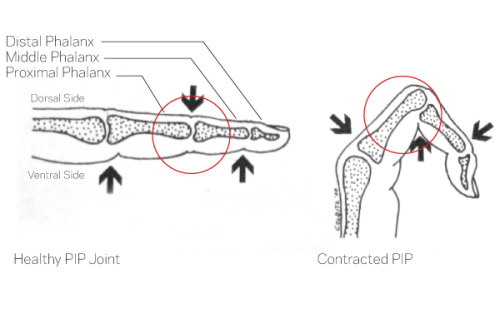
Contracture of the PIP joint, a common condition where the tendons in the hands shorten and become stiff, is painful can lead to functional limitation. The typical treatment is surgery followed by splinting, but current splints are painful and ineffective and therefore usually patients do not improve after surgery. As part of a collaboration between the Human Engineering Research Lab and the Department of Veterans Affairs I worked with a surgeon, occupational therapists, and engineers to design a splint for the treatment of these contractures.

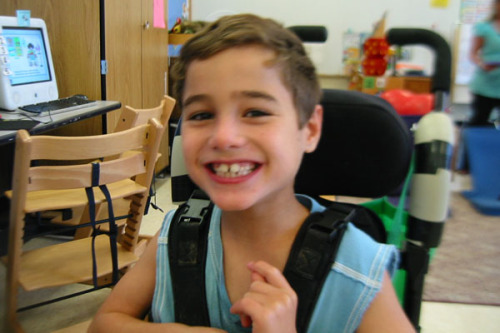
A special education school district provided a grant to design a chair for Garrett, an eight-year-old with a physical and cognitive disability. The seat enables him to sit at the cafeteria lunch table with his peers. I worked with Garrett’s therapy and education team to develop the chair and test prototypes with the goal that it be universal enough to work for many children with diverse needs.
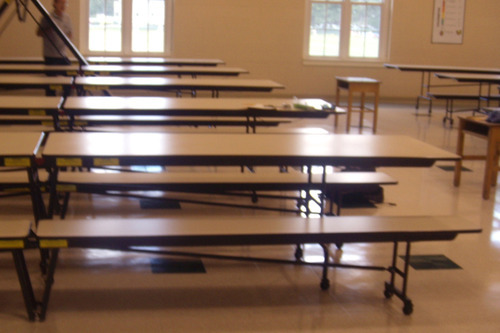
In the cafeteria there is nowhere for Garrett to sit in his wheelchair.
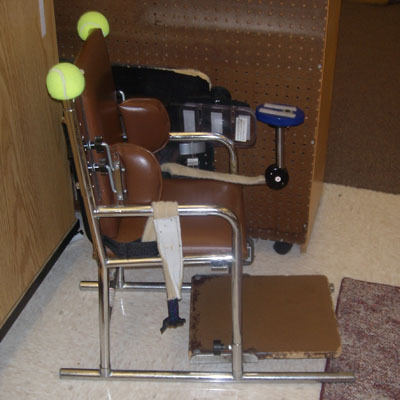

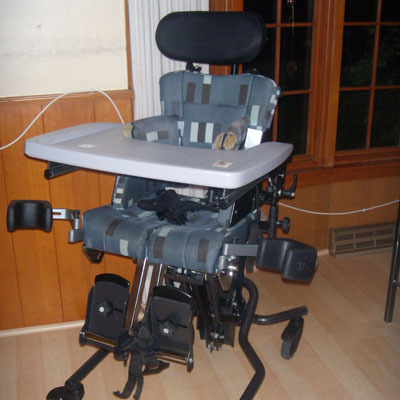
These are the different chairs Garrett uses now. As you can see there is much room for improvement. Some do not provide enough support and some have way too many features that Garrett doesn't need.

For this project in a sophomore studio called design principles we were asked to redesign a gardening tool to be more universally usable. I chose to focus on the watering can. Conventional watering cans are difficult to balance, heavy and put immense strain on the wrist.

This nightlight for a baby's nursery was my response to the "One day paper lampshade challenge." We were given a day to design and make a lampshade out of only paper for an Ikea Grundton lamp. I thought it would be a good idea to cut out 1080 circles. It wasn't. But I like the results!

Every year 2 million patients get preventable antibiotic resistant infections in the hospital and 90 thousand die as a result.
With alcohol finally in wide use the compliance rates for proper hand hygeine improved substantially, from 40% to 70%. But the hospital infection rates did not drop one iota. Our 70% compliance just wasn’t good enough.”
-Dr. Atul Gawande, Author of Better: A Surgeon’s Notes on Performance

